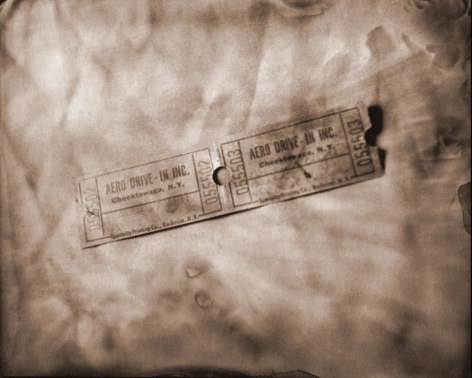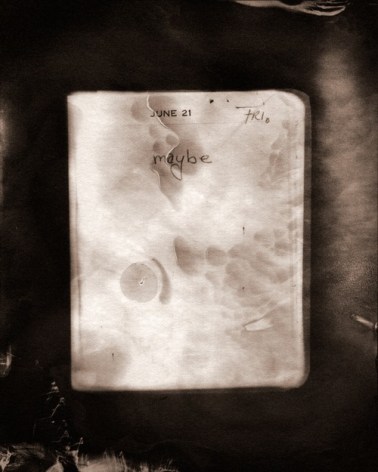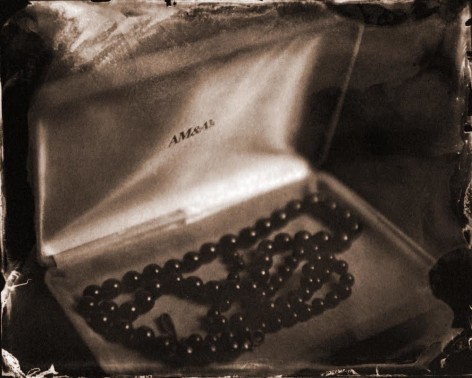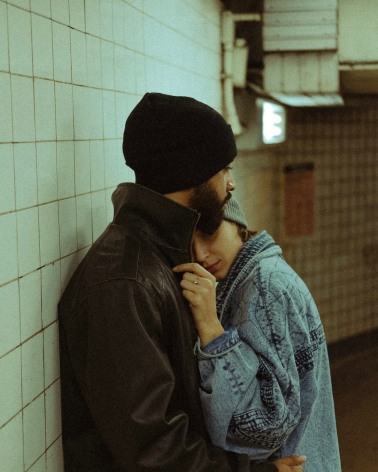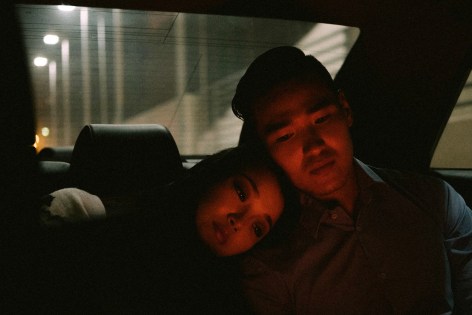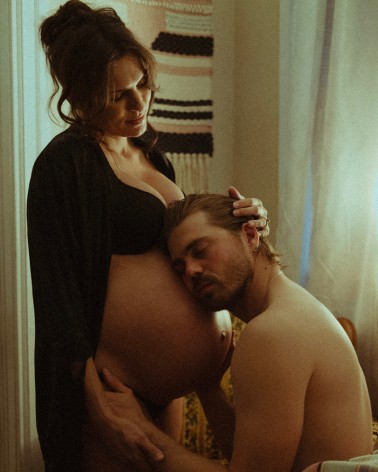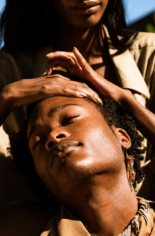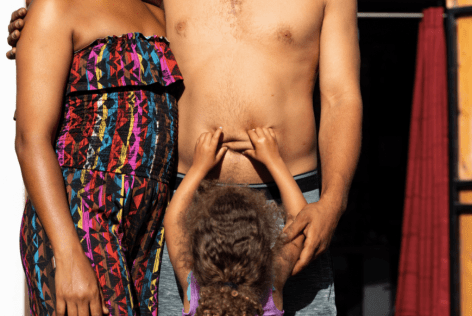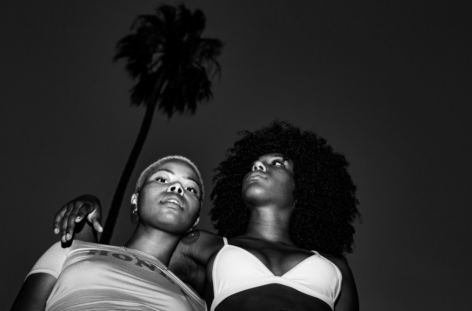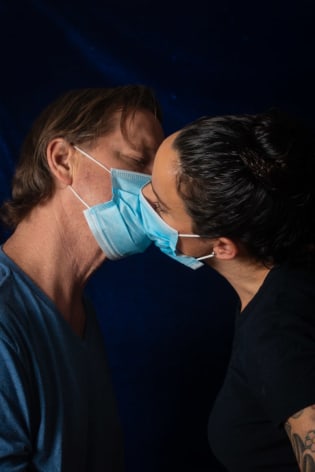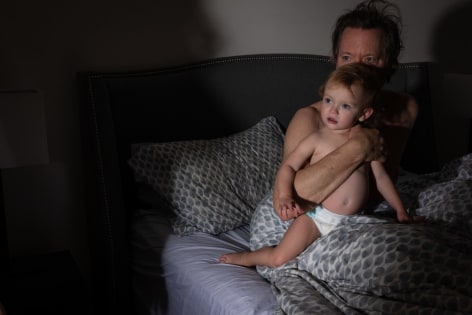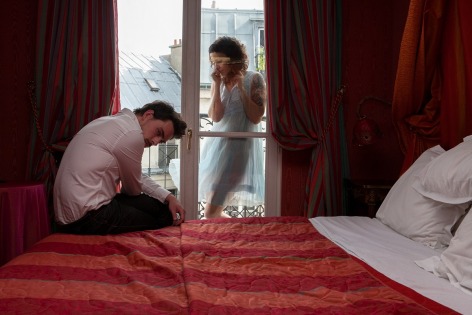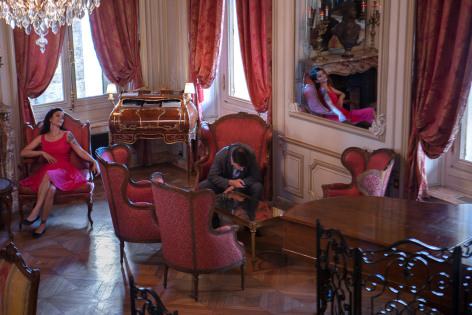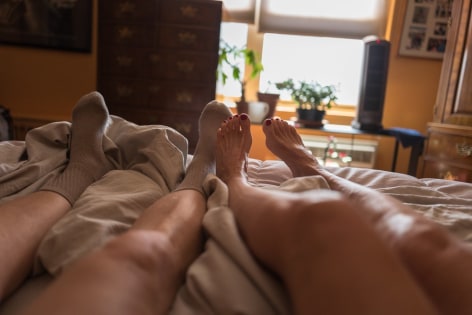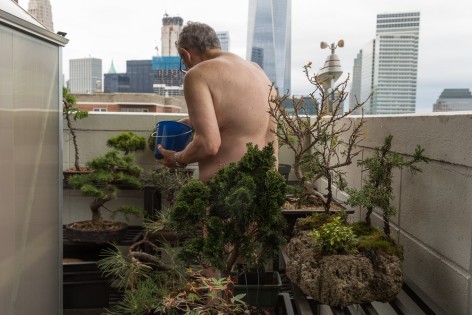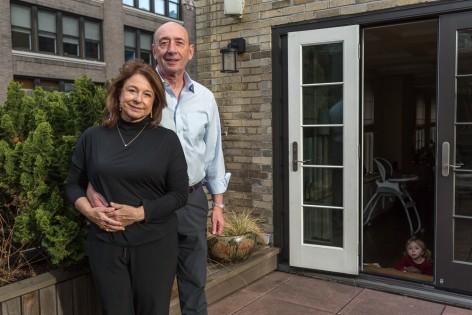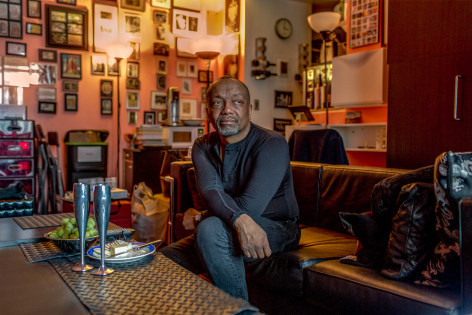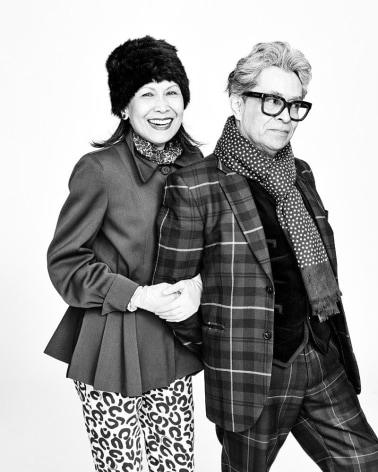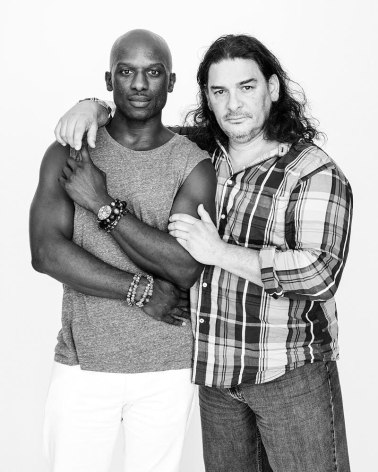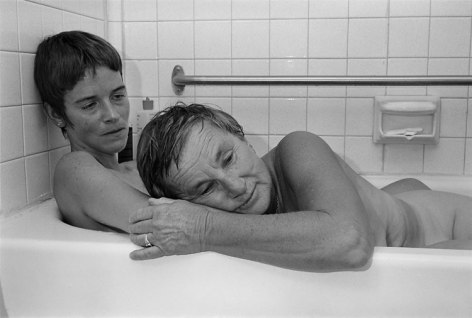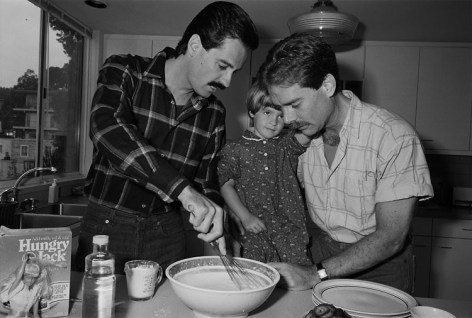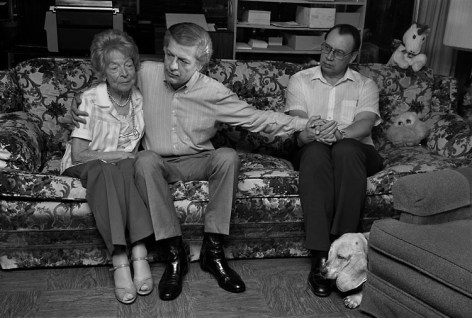Foley Gallery is pleased to present To Love, To Be Loved, a group show featuring work by Jennifer McClure, Susan Rosenberg Jones, Claudia Paul, Alexis Hunley, Bill Vaccaro, Jon Feinstein, Eric Yang and Sage Sohier.
To Love, To Be Loved features work that showcases love in its many stages and forms: relationships, heartbreak, motherhood and uncertainty. The artists have captured love by photographing strangers, turning the lens in on themselves, examining motherhood, portraying scenes depicting deterioration of a loved one, or staging memories of failed relationships. Regardless of age, emotional maturity or a desire for independence, there remains a longing to feel and give love.
Jennifer McClure’s series You Who Never Arrived features intimate scenes of unraveling relationships. McClure staged her memories in hotel rooms, which felt as impersonal and unlived in as her romances tended to be. Stand-ins played the parts of her old loves. Her latest series Today, When I Could Do Nothing features images of McClure and her daughter, Esme.
Esme was eighteen months old when the quarantine began. McClure and Esme stayed inside for weeks, while her husband went out for any supplies they needed. They started making pictures daily as a way to fill the hours.
These moments eased worry and anxiety. She looked for magic and escape. While they are slowly returning to a routine, the ongoing project documents their lives as they venture back into an uncertain world.
Alexis Hunley Shares: “Following a long day I traipsed into the kitchen and was greeted by my father. Without a word he gathered me in his arms and enveloped me in a tight bear hug. As I sunk into him I realized that was the deepest love I had felt in quite some time.”
Hunley’s series Love is explores the importance of intimate, loving connections that transcend the restrictions of romantic or sexual relationships. As many people have found throughout the last year, humans cannot thrive without intimacy. We all need love. But how many of us have a clear definition of what love is?
It was the summer of 1995 when Bill Vaccaro’s first wife suddenly died. Their adopted son was only 2-1/2 years old. While they eventually were able to achieve some sense of normalcy after years of grief and loss, it was never easy for Vaccaro to deal with the feeling that, to use his own words, that he “was robbed.” Their son, now a young adult, remembers little about the person who he calls his “old mom.”
Several months after her death, he gathered together many of her favorite things; diaries, sketchbooks, favorite jewelry, photographs, things she sewed and knitted – even the very possessions she carried with her the day she died – so he could have something that truly belonged to her. How does one visually depict those fragments of memory that remain when someone so young loses a parent and all that’s left are her treasured possessions. Vaccaro chose to combine the wet plate collodion process with alternative print processes to show what it might be like to see through the eyes of a child still struggling to recall a significant part of his past that’s been clouded forever by the relentlessness of time.
Our world today is often filled with depressing news and humanity at its worst. Claudia Paul’s Project Love Is was born out of the desire to find and celebrate something truly positive. Paul set out to photograph diverse and unique couples that found real love and radiate that loving energy.
LOVE IS… is also hoping to increase acceptance and show that all LOVE IS equal.
Paul Shares: “This project has been so good for my soul. Each shoot is a beautiful testament to LOVE and I feel really blessed to be able to capture it with each couple in their own way.”
Sage Sohier’sAt Home With Themselves began in 1986 when the AIDS crisis was affecting countless lives across the country and same-sex relationships were still held as discreet. Nearly 30 years later, her work is especially poignant in the context of today’s world where the social acceptance of same-sex unions has changed.
Sohier says, “Looking at these pictures now, I realize that it took a good deal more courage to stand up and be photographed as a same-sex couple in the 1980s than it does today, and I think the photographs somehow convey that. In some, there’s a tentativeness, in others a kind of not-to-be-taken-for-granted raw tenderness. People in my father’s generation had grown up feeling that being openly gay was just not an acceptable option. In my generation that began to change, and I was grateful to be witness to it”.
There is nothing like the grief one experiences after a life partner passes away. When Susan Rosenberg Jones lost her first husband in 2008, she searched for books and articles addressing this particular loss. She was looking for suggestions on coping techniques from others who'd been widowed. There wasn't much.
Susan remarried in 2012. After focusing on her loving relationship with her second husband, Joel in her body of work Second Time Around, She realized that her feelings about her first husband’s passing were still evolving, bubbling up occasionally at random times.
Since March of 2018, She has been meeting with widows and widowers of all ages, gay and straight, having been in legal marriages or in committed partnerships. They have a conversation, recorded for accuracy, and she makes the portrait.
A printed statement from the subject accompanies each photograph. This process is emotionally satisfying as they examine together how a marriage can shape one another going forward. She hopes that by sharing their stories, those suffering this profound loss - whether recently or not - will take comfort in recognition and shared experience.
In each of Eric Yang’s images, real couples were willing to be vulnerable with him and allow him to get a glimpse of their private selves. Love is one of the most difficult things to fully articulate, but photography allows Yang to capture what love feels like, perhaps better than any other medium. If there's a common thread in these pieces, it's a sense of longing -- the longing for unattainable permanence in the presence of love.
Breathers is an emotional typology of Pacific Northwest trees and their relationship to the developing landscape that is Jon Feinstein’s mother in-law’s early-onset Alzheimer’s Disease. They push upward and hover over homes, set against skies that isolate them like studio backdrops.
The holes in their branches and leaves mimic gaps in cognition and metaphoric holes left in the brain. They have seen and heard everything and hang – still breathing – through it all. This work processes a move and adaptation from New York City’s concrete mass to the Pacific Northwest's green oasis, and the reasons for moving; a disease that rapidly vanished a memory, and the toll it’s taken on his family. In this context, the trees serve as listeners, breathers, and emotional guardians that have witnessed trauma and change.
To Love, To Be Loved is curated by Sherri Nienass Littlefield. Sherri is a photographer and curator interested in data, collaborative projects and using contemporary art toward social good. She was the Director of Foley Gallery from 2016-2019, and was briefly the Interim Director of ClampArt in 2020. She currently serves as the Fine Art Chair of the New York Chapter of the American Society of Media Photographers, and is currently on faculty at the International Center of Photography and Maine Media Workshops and College where she lectures on theory, photography and professional practices.
To Love, To Be Loved will be featured on our website and Artsy page through March 7th 2021. To request images; please contact the gallery at 212.244.9081 or sherri@foleygallery.com.

